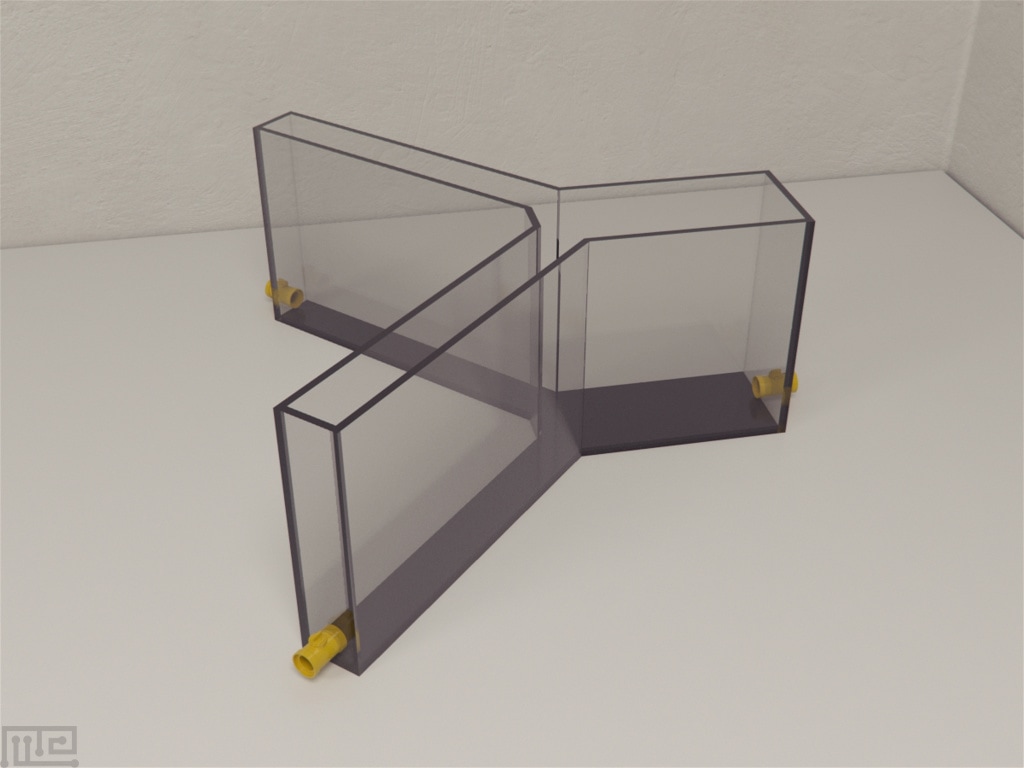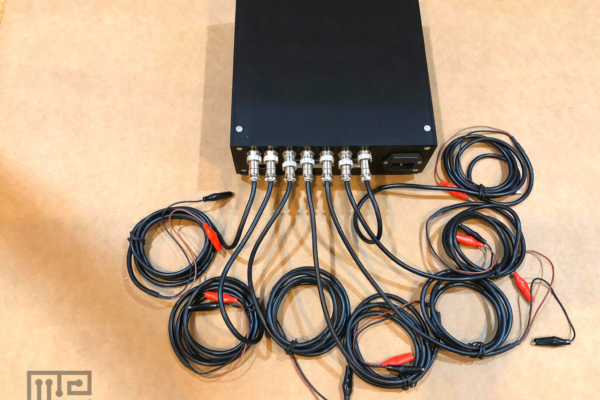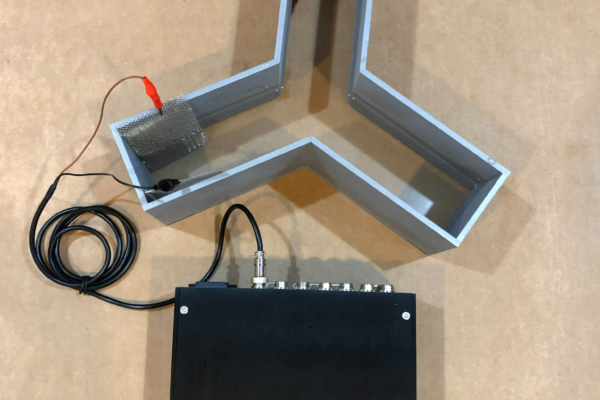The Automated Avoidance Zebrafish Y-maze is an operant conditioning assay used to study avoidance behaviors in zebrafish when presented with an aversive stimulus. It consists of a Y-Maze with an LCD screen placed below the maze that displays visual cues throughout all regions of the maze.
The Automated Avoidance Zebrafish Y-maze eliminates the need to control multiple stimuli, which reduces human error and also it is time-saving.
MazeEngineers offer the Automated Zebrafish Y-maze Avoidance Maze. Custom coloring and customization are available upon request.



